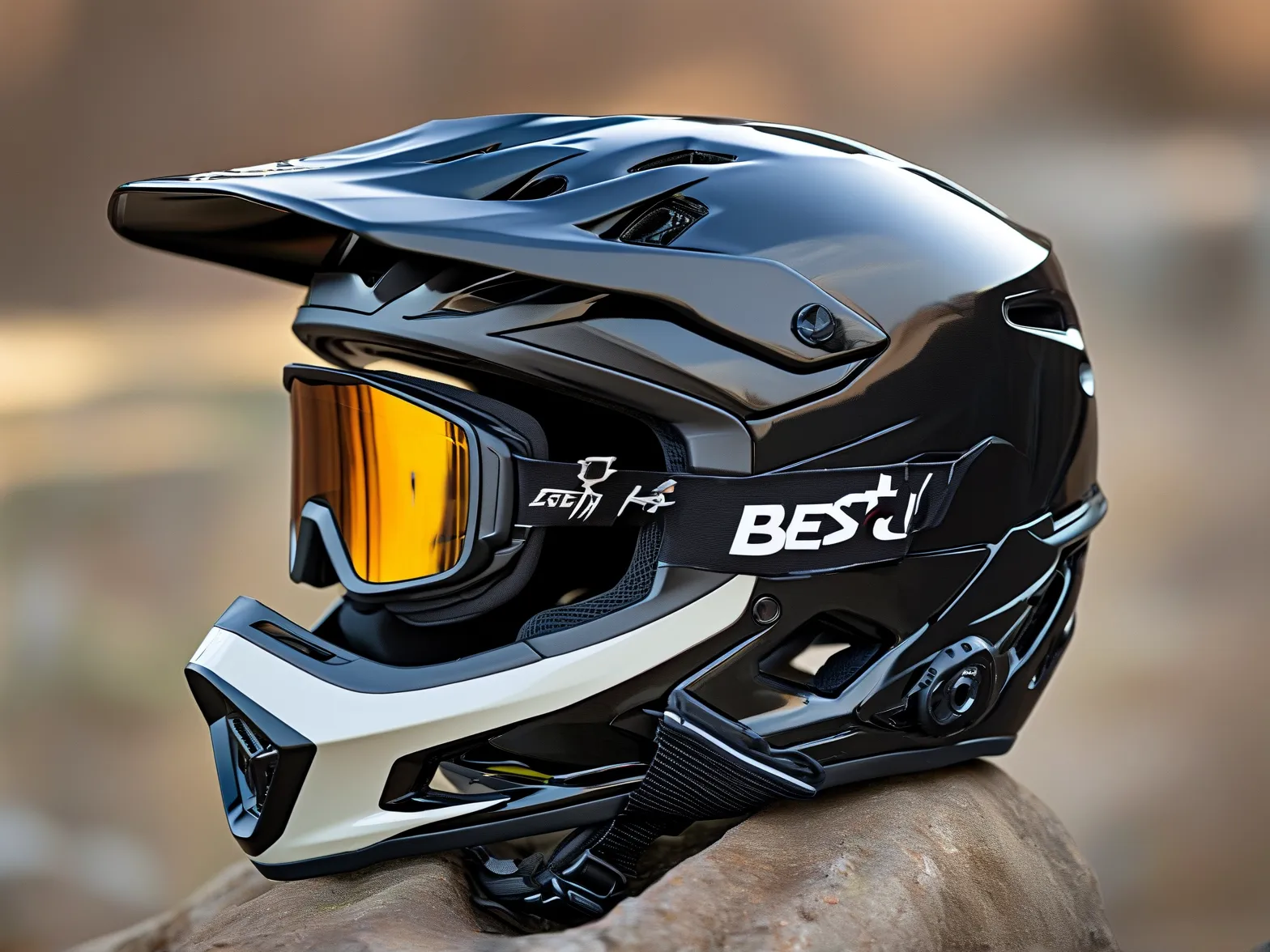As motorcycle enthusiasts increasingly prioritize both safety and comfort, the open-face helmet market is undergoing significant transformation. By 2025, industry analysts project this segment to reach $3.8 billion globally, driven by evolving rider preferences and material science breakthroughs (Grand View Research, 2024). This growth reflects not just market expansion, but fundamental shifts in how riders approach urban commuting and recreational touring.
Core Drivers of Market Evolution
Weight Reduction Without Safety Compromise remains the holy grail for manufacturers. Recent developments in carbon-fiber hybrids have enabled helmets weighing under 900 grams while exceeding ECE 22.06 safety standards. BMW Motorrad’s latest Airflow Pro model demonstrates this balance, achieving a 27% weight reduction compared to 2022 models through precision laser-cut ventilation channels and graphene-enhanced shell construction.
Integrated Smart Features now separate premium products from basic models. The 2024 SENA Liberry X3 exemplifies this trend with built-in mesh communication systems and automatic emergency response triggers. These innovations address two critical rider needs: maintaining group connectivity on long rides and ensuring rapid accident response – features 68% of surveyed riders consider essential in new helmet purchases (Motorcycle Industry Council Q2 Report).
Safety Innovations Redefining Standards
The implementation of Multi-Directional Impact Protection Systems (MIPS) has become table stakes across major brands. Shark Helmets’ latest Evo-One series incorporates dual-layer MIPS technology that reduces rotational forces by up to 40% compared to single-layer systems. Independent testing by the SNELL Foundation shows these advancements contribute to a 15% reduction in concussion risks during angled impacts.
Urban commuters are fueling demand for transition visor technology. Bell’s new Qualifier DLX Photochromic model automatically adjusts tint levels within 0.3 seconds of light changes – a critical feature for riders navigating mixed lighting conditions during rush hours. This addresses the #2 complaint in urban helmet usage: frequent visor adjustments compromising riding focus (J.D. Power 2023 Motorcycle Helmet Study).
Material Science Breakthroughs
Aerospace-grade composites are revolutionizing helmet construction:
– Dyneema Carbon Hybrids: 18% stronger impact absorption than pure carbon fiber
– 3D-printed EPS liners: Customized energy distribution patterns based on crash simulation data
– Self-healing resin coatings: Microcapsule technology repairs minor scratches at molecular level
These innovations explain why 42% of replacement helmet purchases now prioritize advanced materials over brand loyalty (Persistence Market Research).
Regional Adoption Patterns
North America leads in smart helmet adoption (38% market share), while Asia-Pacific shows strongest growth (projected 7.1% CAGR) due to expanding middle-class motorcycle ownership. European markets emphasize sustainability, with brands like Caberg integrating recycled carbon fiber from aircraft manufacturing into their flagship models.
Key Purchase Considerations for Riders
- Certification Compliance: Prioritize ECE 22.06 or FIM Racing Homologation over basic DOT certification
- Fit Precision: Look for adjustable cheek pads and crown liners with at least 5mm customization range
- Climate Compatibility: Humidity-controlled liners outperform basic moisture-wicking systems in tropical climates
As regulatory bodies prepare updated safety protocols for 2026, manufacturers are proactively integrating sensor arrays that monitor impact forces and helmet integrity in real time. This impending shift suggests that the 2025 models may represent the last generation of “passive” safety helmets before active protection systems become standardized.
For riders balancing urban practicality with touring capabilities, the current market offers unprecedented options. However, experts caution against chasing specifications blindly – a $700 helmet with improper fit provides less protection than a well-fitted $300 model. As the industry evolves, informed consumers who prioritize third-party certification and personalized fit over marketing claims will reap the greatest safety benefits from these technological advancements.




Leave a Reply